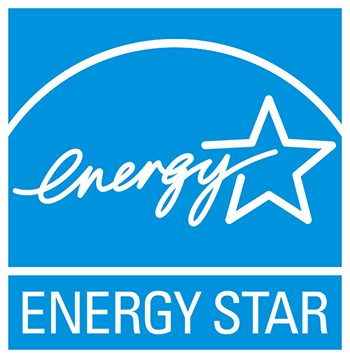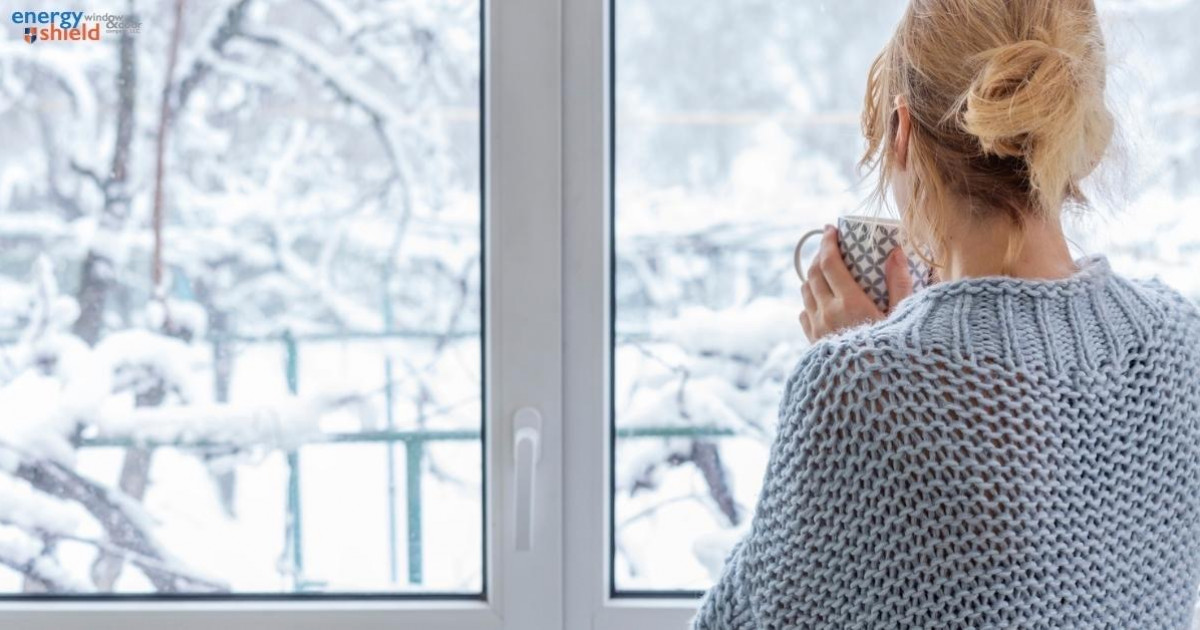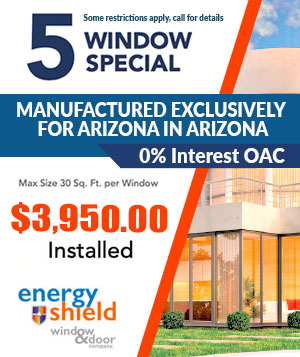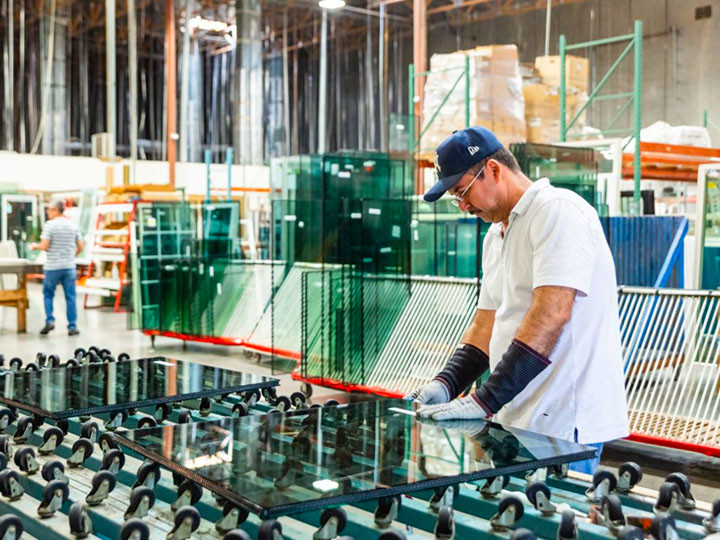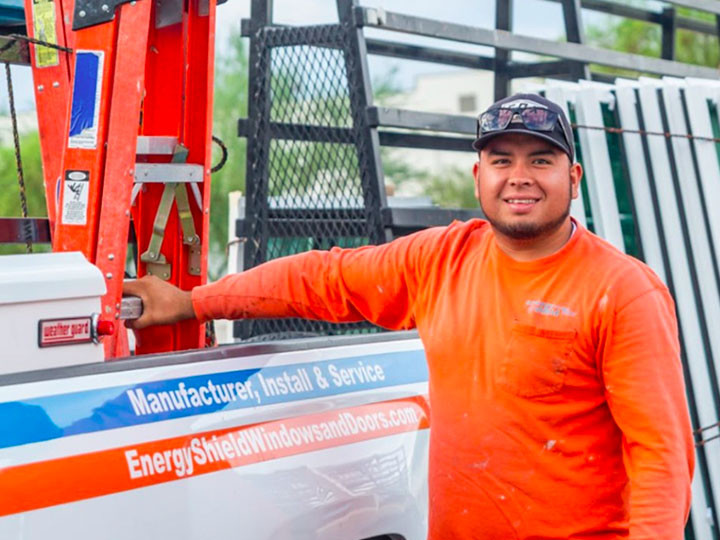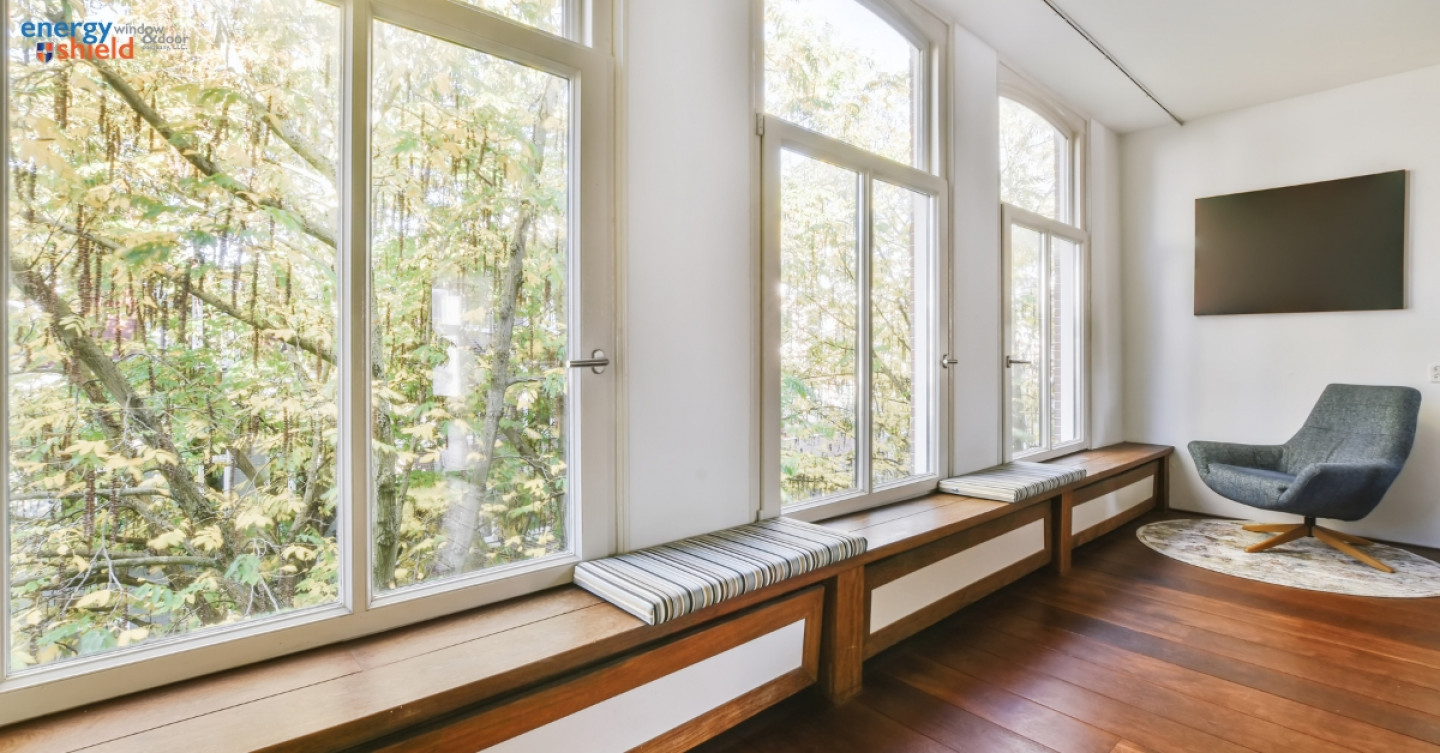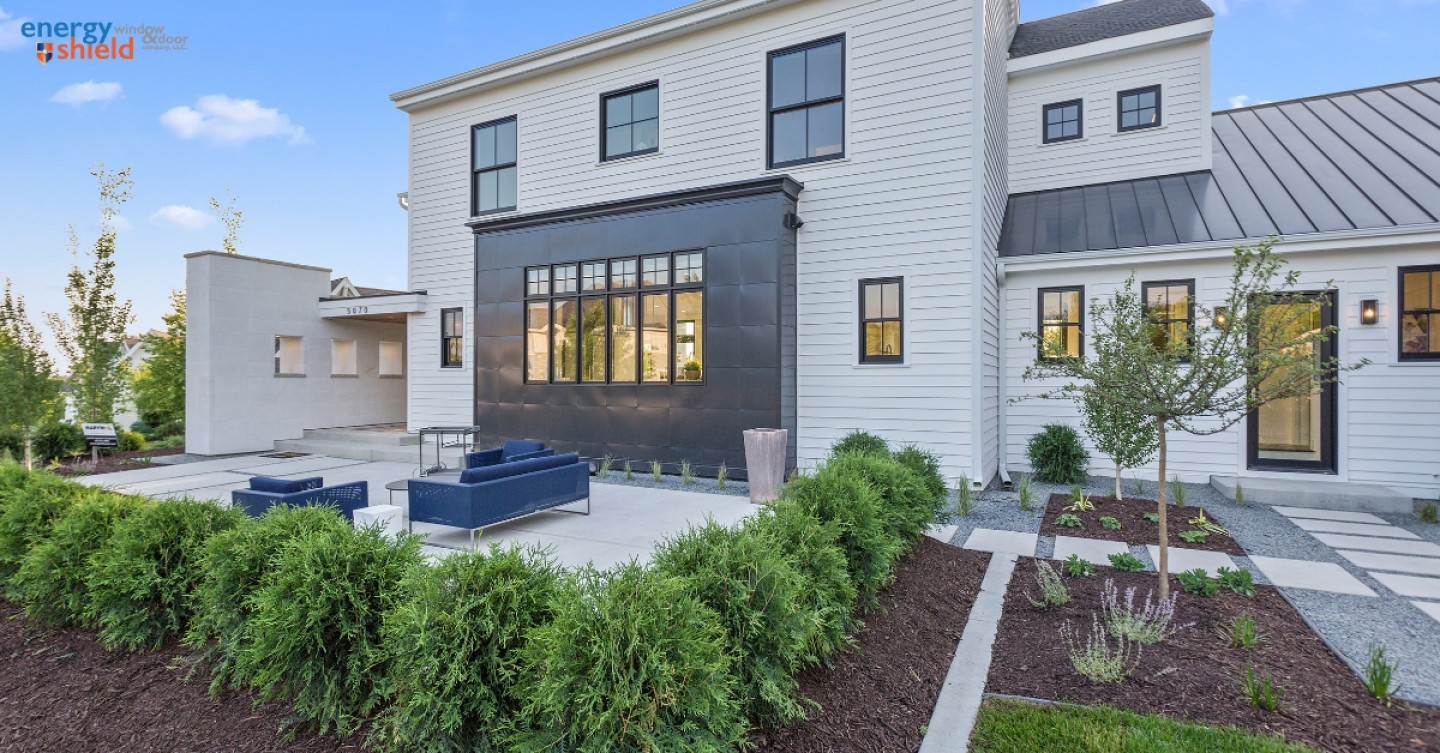Energy-efficient windows and doors are essential for both new and older homes. According to the U.S. Department of Energy, between 25% to 30% of the electricity used for residential heating and cooling is due to heat losses and gains through windows! So, if you are planning to replace windows in your home, you should choose energy-efficient products that can help keep the extreme heat of the Arizona desert climate out of your home.
If you’re not ready to replace your existing windows, you can seal air leaks, add storm windows, weather stripping, and take other steps to reduce heat transfer. If it’s time to replace your old windows, here are some ways to ensure you get the best value in energy-efficient options:
Before You Buy Energy Efficient Windows
To make sure you get the best value in energy efficient windows, you will need to make a few key choices about the type of windows and materials that are best for your purposes. In addition to determining which aesthetic design suits your vision for your living spaces and curb appeal, you’ll need to make decisions on features that affect energy efficiency:
Window Frames: One choice you’ll need to make is whether you need/want to replace the window frames. Keeping the existing frames saves a lot of the usual installation cost. Talk to your window installer to determine if using the existing frames is possible in your home.
Window Types: You’ll need to select the features you want to have included in your new windows. These are the kinds of options you should focus on to make sure your new windows meet your expectations for energy efficiency:
- Window function types: For the best energy efficiency, choose from the many replacement window styles for those that best serve the purposes of the window(s) you want for each living space. For example, if the window will be located in a well-shaded area you may choose a window that opens widely to capture cool air ventilation.
- Window frame types: Depending on the location and purpose for each window, you may decide to use aluminum, wood, or vinyl framing. Vinyl window replacement is known to provide the best insulation value.
- Glass glazing type: Low-e coatings help reduce heat loss in cold weather and reduce heat gain in warmer weather.
- Gas fill type: Double-pane windows filled with Argon gas block the transfer of heat between the outdoors and indoors better than those filled with air.
When insulated low-E glazed glass windows are combined with argon gas fill in double-pane windows, the windows perform exceptionally well in blocking the transfer of radiant heat. That means the windows are especially energy efficient, keeping more heat outside in hot weather and inside during cold outdoor temperatures.
Installation options: If you have the skills to accomplish the high-quality installation of all your new replacement windows, you can save money upfront. Professional installation costs more upfront but can save substantially overall:
- DIY Window Installation: However, if there are issues with improper installation, you may find the mistakes can cost more over time than the expense of having a professional installation. In some cases, problems caused by poor installation can void the warranty on windows.
- Professional Window Installation: Factory-trained and industry-certified installers know how to ensure that your new windows are installed according to the manufacturer’s recommendations. They apply industry best practices in installing the windows, flashing, and sealing around the windows and frames. They also restore the interior and exterior around the window to the highest industry standards.
Look for Labels Validating Energy Efficient Products
Today’s state-of-the-art high-performance window products bear labels with ratings and factors that validate their superior energy efficiency. The most recognized government and industry labeling of energy efficiency validations and factors include:
Energy Star®: As the priority, look for the EPA’s Energy Star label. It indicates that Energy Star products have been rated for energy efficiency and found worthy of this certification label.
NFRC ratings: Next, see the energy performance label for the ratings from the National Fenestration Rating Council (NFRC). This rating can also be very helpful in finding the most energy efficient windows for your purposes.
SHGC: Choose windows with a low solar heat gain coefficient (SHGC). This is a measurement of the amount of solar radiation a window allows to pass through the glass. A low SHGC means the glass reduces heat transfer in hot temperatures.
U-Factor: This is the flow rate of non-solar heat that a window conducts. A low U-factor indicates superior thermal blocking in cold temperatures.
Windows rated with a low SHGC and a low U-factor can be expected to perform with maximum energy efficiency during both hot and cold outdoor temperatures.
Look for the rating for the whole window unit, in terms of SHGC and U-factor, not just the center-of-glass performance factors. This will give you a more accurate measure of the product’s energy efficiency.
For more information on federal energy efficiency ratings for windows, see the USDOE’s Energy Performance Ratings for Windows, Doors, and Skylights.
Energy Efficient Windows Built for Arizona Homes
Energy Shield Window & Door Company has been building energy-efficient home improvement products for the Arizona climate since 1996. Our superior windows will help lower your electric bills and make your home more comfortable.
Call Energy Shield Window & Door Company, Phoenix, AZ, at (623) 936-3758, contact us on our website or to schedule a free consultation and estimate, or browse our online gallery!



